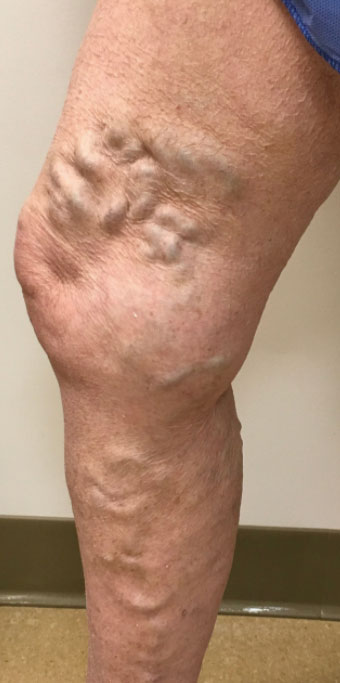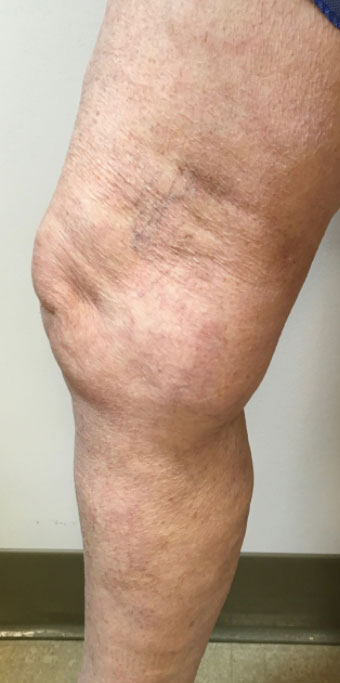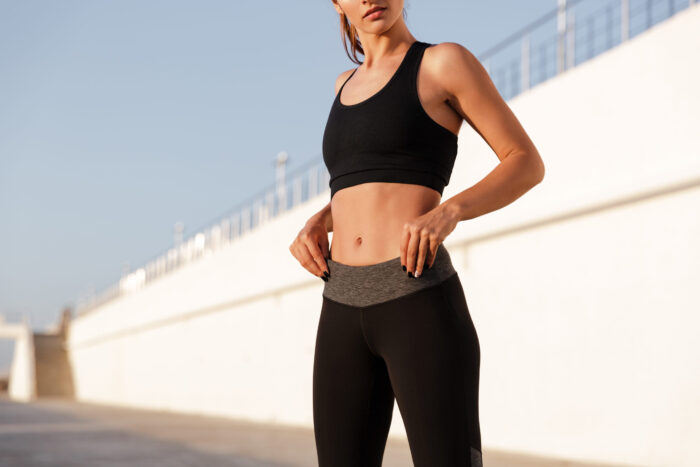If you have throbbing, aching, or heaviness in your legs, you may have a common problem called varicose veins. These swollen, bulging veins develop due to blood pooling in the legs, and taking action to keep blood flowing in a healthy way can help prevent them from forming.






